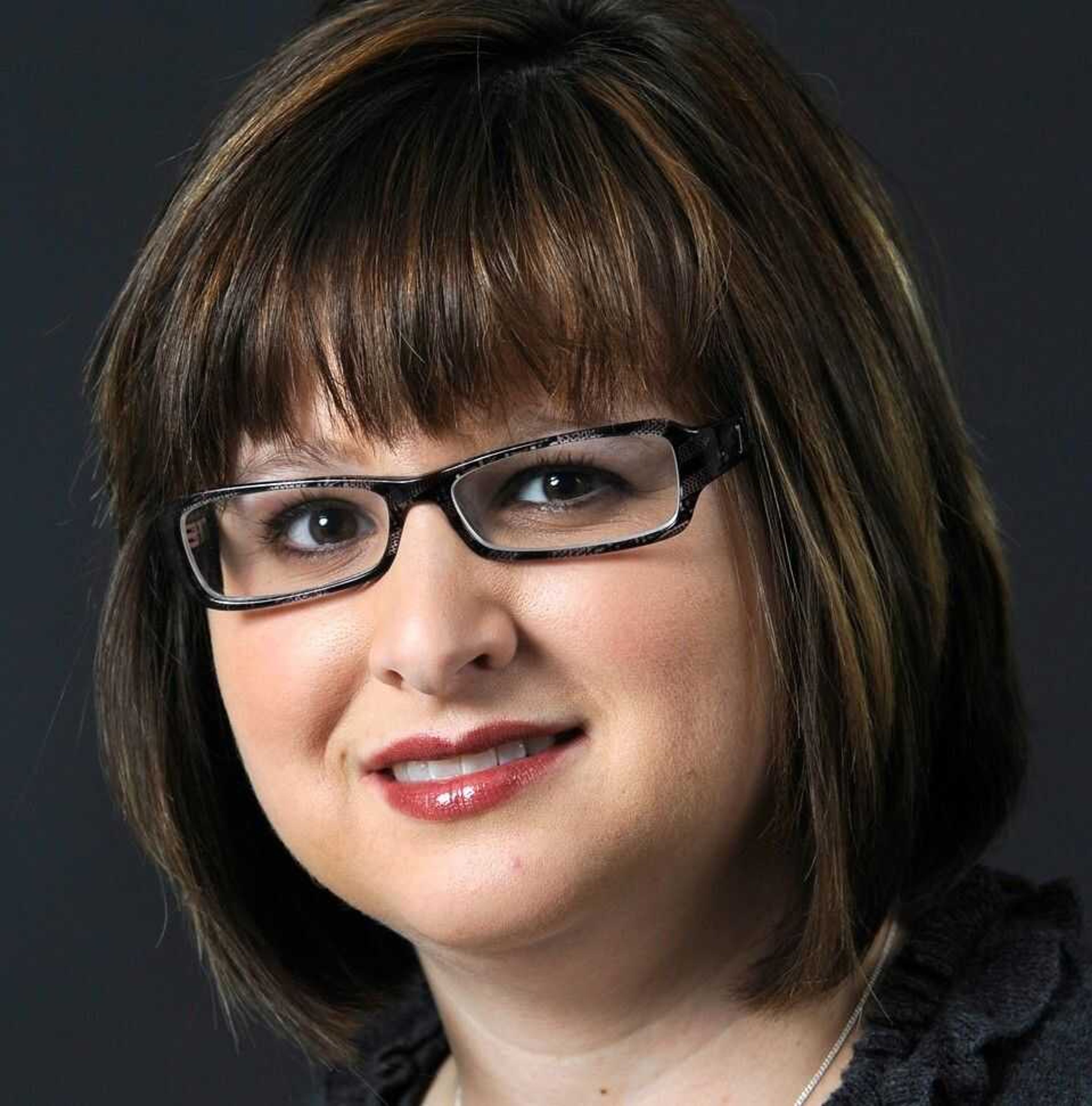Changing technology, costly drugs among reasons for rise in health care costs
The U.S. is spending more and more on health care, and financial officers at local hospitals say no single reason is behind the rise. Spending is expected to increase 60 percent from 2009 to 2018, according to a report by the Kaiser Family Foundation, a not-for-profit health research organization...
The U.S. is spending more and more on health care, and financial officers at local hospitals say no single reason is behind the rise.
Spending is expected to increase 60 percent from 2009 to 2018, according to a report by the Kaiser Family Foundation, a not-for-profit health research organization.
One of the biggest factors, the financial officers say, is ever-changing and rapidly improving technology.
New medical technologies such as da Vinci surgery robots and devices for precise cancer treatments mean better clinical outcomes for patients but are expensive, said Hugh King, vice president and chief financial officer for SoutheastHEALTH. Twin linear accelerators at Southeast's new cancer center were a $5.8 million investment in radiation therapy technology, for example.
They also require physicians and technicians to invest time and expense in training to use the machines, King said.
Many new drugs are effective but also costly due in part to the research that goes into creating them.
For example, the blood coagulate Factor VII costs $6,200 per 5-milliliter dose, King said.
Beyond equipment, pharmacy and technology costs, hospitals also bear the responsibility of providing care to the uninsured and underinsured.
Saint Francis Medical Center provided more than $40 million in uncompensated care last year alone, said Tony Balsano, vice president of financial services at Saint Francis Medical Center. Similarly, SoutheastHEALTH provided $43 million in uncompensated care, which includes bad debt and charity care.
"Medicare and Medicaid account for more than 60 percent of our business, yet Medicare's payments cover only 80 percent of our actual cost to provide care -- not our charges -- and Medicaid's reimbursements are even less," Balsano said.
The hospital operates all day every day, and there are huge costs in providing around-the-clock staffing and utilities, he added.
There are also inherent inefficiencies in medical record keeping and billing when more than one health care organization is involved in a single incident of care, King said.
Say a patient with back pain is diagnosed with a herniated disc and has surgery at a hospital to remove a portion of the disc. According to King, the patient will probably get:
* An outpatient bill from the hospital for an MRI;
* A bill from the independent radiologist for interpreting the MRI image;
* An inpatient bill from the hospital for the surgery;
* A bill from the independent surgeon who performed the surgery; and
* A bill from the independent anesthesiologist who provides the anesthesia.
"Each of these organizations has to record medical information, much of it duplicative, in duplicative computer systems and process invoices to the insurance company and the patient, and finally record collections," King said.
Requirements for conversion to electronic medical records included in the health care reform law passed last year will help address that inefficiency, King said.
Rising demand for care due to aging baby boomers and increased incidence of chronic diseases, which are more expensive to treat, also drive up health care costs.
"The emergency room, by law, has to treat people even without insurance. Emergency rooms will treat a symptom, they will not treat a disease," said Thomas McAuliffe, policy analyst with the Missouri Foundation for Health, the largest not-for-profit health care foundation in the state.
People without health insurance and those who have insurance with high deductibles and copays may put off preventive care, including skipping doctor appointments or not filling prescriptions, requiring more expensive treatment when their conditions worsen and they make a trip to the ER, McAuliffe said.
The National Cancer Institute in January projected U.S. spending for cancer care will grow 27 percent by 2020, totaling $158 billion. In 2010, medical costs for cancer were estimated at $124.6 billion.
There are several provisions in the health care reform bill adopted last year that could decrease costs.
The health care reform law ties hospital's Medicare reimbursements to patient outcomes and quality of care beginning in 2012, according to Healthcare.gov,
"Some people think, by changing Medicare, you are changing the system, especially in rural areas," said McAuliffe. "The thinking is, if they're going to do it for 60 to 70 percent of patients, they will do it for all patients. I see that as a possibility, but not as an inevitability," McAuliffe said.
The health care reform bill has the potential to move health care costs in the right direction, said Balsano.
"As a nation, we must continue to focus on more efficient and effective methods of delivering high-quality care," he said.
The majority of financing for programs included in the health care reform law comes out of Medicare funds. Fifty-one percent of its funding will come from decreased payments to providers from Medicare.
"Reductions in payments to hospitals must be balanced with a decrease in the number of uninsured patients for whom we now care," Balsano said. "A recent report from the Missouri Foundation for Health found that increases in the state's uninsured led to an increase in hospital-provided charity care. Reductions in hospital payments without a corresponding increase in the number of the insured would jeopardize hospitals' finances and their ability to provide care to their communities."
mmiller@semissourian.com
388-3646
Pertinent address:
1701 Lacey St., Cape Girardeau, MO
211 Saint Francis Drive, Cape Girardeau, MO
Connect with the Southeast Missourian Newsroom:
For corrections to this story or other insights for the editor, click here. To submit a letter to the editor, click here. To learn about the Southeast Missourian’s AI Policy, click here.









